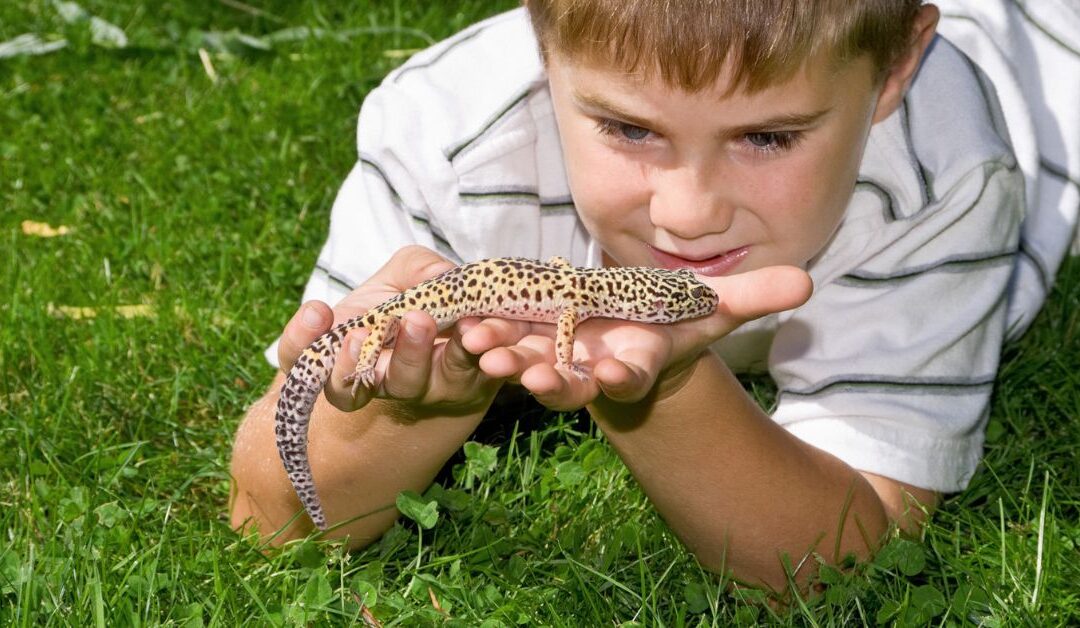There’s something truly captivating about reptiles and amphibians — the slow grace of a bearded dragon basking under a heat lamp, the quiet curiosity of a tree frog clinging to a leaf. These cold-blooded companions invite us into a calmer world — one where patience and observation reveal beauty that’s often overlooked.
But keeping them healthy and content requires more than admiration. A successful habitat depends on mastering the art of temperature, light, moisture, and environment. In this guide, we’ll explore how to design a thriving enclosure using the right Reptile & Amphibian Supplies — transforming a simple tank into a miniature world teeming with life.
Understanding the Heart of Habitat Design
Your terrarium is not just a display — it’s your reptile or amphibian’s entire world.
Everything inside must replicate the conditions of their native habitat: temperature gradients, humidity levels, light exposure, and safe surfaces for climbing or burrowing.
Think of it as ecosystem architecture — you’re balancing earth, air, water, and heat.
Choose the Right Enclosure
- Size: Always plan for adult size, not juvenile. Reptiles and amphibians grow quickly, and cramped enclosures can lead to stress and stunted development.
- Material: Glass terrariums are perfect for humidity retention, while screen or mesh tops improve ventilation.
- Access: Front-opening doors simplify feeding and cleaning — minimizing stress for your pet.
Tip: A reptile’s comfort depends on space and layout, not just temperature. Give them room to explore.
Heating — The Foundation of Reptile Health
Reptiles and amphibians are ectothermic, meaning they rely on external heat sources to regulate body temperature. Without proper heating, even the healthiest pet will struggle to digest food or maintain energy.
Creating a Thermal Gradient
Every enclosure should have a warm side and a cool side, allowing your reptile to move and self-regulate.
- Basking lamps or ceramic heat emitters for warmth.
- Under-tank heaters (UTH) for ground-dwelling species.
- Infrared thermometers to monitor surface temperature.
Ideal temperatures vary by species — for example:
- Bearded dragons: 95–105°F basking zone
- Leopard geckos: 88–92°F warm side
- Tree frogs: 78–82°F ambient range
Pro tip: Always connect heaters to a thermostat to prevent overheating and maintain consistent warmth.
Lighting — More Than Just Illumination
Light isn’t only for visibility — it’s a biological necessity. For reptiles, UVB lighting is essential for synthesizing vitamin D3 and absorbing calcium, which supports bone strength and overall health.
Types of Lighting to Consider
- UVB Bulbs: Required for most reptiles (like turtles, iguanas, and lizards). Replace every 6–12 months as UV output fades.
- Daylight Bulbs: Simulate natural sunlight for diurnal (day-active) species.
- Night Lights: Low-intensity infrared or blue bulbs for nocturnal viewing without disturbing sleep cycles.
Amphibians like frogs and salamanders need less intense UV exposure — focus instead on consistent light cycles (12 hours on/off).
Balancing Light and Heat
Use separate fixtures for heat and UV to maintain precise control.
Position lights outside the enclosure (to prevent burns) and ensure basking spots align with heat sources.
Remember: light equals life. The closer your setup mimics natural cycles, the healthier your reptile will be.
Humidity and Hydration
For amphibians, humidity isn’t optional — it’s survival. Moisture supports skin health, hydration, and Maintaining Proper Humidity
- Use substrates like coconut fiber, sphagnum moss, or soil blends to retain moisture.
- Install a hygrometer to track levels accurately.
- Mist daily or use an automatic misting system for consistency.
Typical humidity ranges:
- Rainforest species (frogs, chameleons): 70–90%
- Desert species (geckos, bearded dragons): 30–40%
- Temperate reptiles (snakes, skinks): 50–60%
Water Features and Cleanliness
- Provide shallow dishes for drinking and soaking.
- For amphibians, consider small waterfalls or drip systems to mimic natural moisture cycles.
- Clean and replace water daily to prevent bacterial buildup.
A properly hydrated reptile has bright eyes, smooth skin, and an active temperament.
Enrichment — Bringing the Environment to Life
A vibrant terrarium is one that feels alive — full of textures, hiding spots, and climbing opportunities. Enrichment helps your pet stay active and engaged, reducing stress and boredom.
Add Natural Elements
- Branches, vines, and cork bark for climbing reptiles.
- Live plants for natural humidity regulation and visual appeal.
- Hiding shelters or caves for security and rest.
Behavioral Enrichment Ideas
- Rearrange the habitat occasionally to spark curiosity.
- Introduce new textures — smooth rocks, soft moss, or bark.
- Offer feeding challenges like suspended insects or food placed in puzzle feeders.
The goal is simple: keep your reptile’s mind and body engaged by recreating the rhythm of nature.
Cleaning and Maintenance
A clean terrarium is a healthy terrarium.
- Spot-clean daily (remove waste or uneaten food).
- Deep clean monthly — replace substrate, sanitize décor, and disinfect water bowls.
- Use reptile-safe cleaners only — harsh chemicals can harm sensitive skin and respiratory systems.
Regular care prevents mold, bacteria, and odor — keeping your habitat balanced and safe.
Common Mistakes to Avoid
Even experienced keepers sometimes overlook the little details. Watch out for these pitfalls:
- Inconsistent temperatures — leads to poor appetite or digestion.
- No UVB exposure — can cause metabolic bone disease.
- Improper humidity results in incomplete sheds or dehydration.
- Overcrowding — reptiles are often solitary and need their own space.
Always research your specific species — each has unique environmental and dietary needs.
Building a terrarium for reptiles and amphibians is part science, part art. When heat, light, humidity, and design come together in harmony, your pet thrives — active, alert, and beautifully adapted to its miniature world.
Investing in quality Reptile & Amphibian Supplies ensures that your habitat not only looks incredible but functions as a true ecosystem.
Discover thoughtfully selected terrarium essentials — from heating lamps to natural décor — at MyFurSupply, your trusted destination for premium pet supplies.
Join our newsletter for expert care tips, product recommendations, and inspiration to make your next terrarium your proudest creation.

